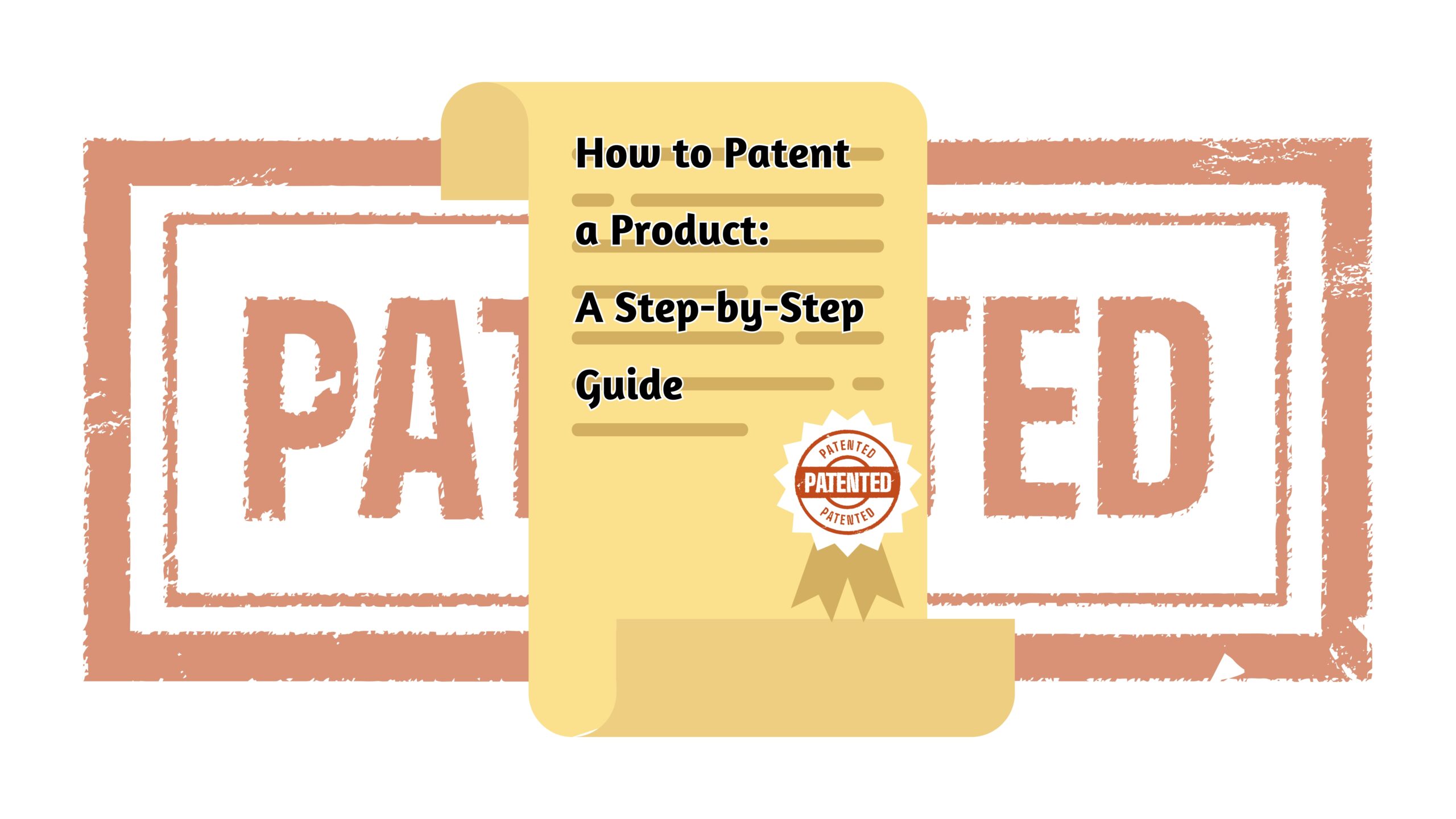Bringing an innovative idea to life is exciting, but before you share it with the world, you need to protect it. A patent ensures that your invention remains exclusively yours, preventing others from making, using, or selling it without your permission. However, the patent process can seem complex. Here’s a clear, step-by-step guide to help you navigate it.
Step 1: Determine If Your Idea Is Patentable
Not every idea qualifies for a patent. To be eligible, your invention must be:
- Novel – It must be new and not publicly known before you apply.
- Useful – It should serve a practical purpose.
- Non-Obvious – It must be significantly different from existing inventions.
A quick search online or through databases like Google Patents or the United States Patent and Trademark Office (USPTO) can help determine if a similar patent already exists.
Step 2: Choose the Right Type of Patent
There are three main types of patents:
- Utility Patents – Cover new inventions or functional improvements on existing ones.
- Design Patents – Protect the unique appearance or aesthetic design of a product.
- Plant Patents – For inventors of new plant varieties.
Most innovators apply for a utility patent, but understanding which type fits your invention is crucial.
Step 3: Document Everything
To strengthen your case, keep a detailed record of your invention process, including sketches, modifications, and testing results. A well-documented invention history can be useful if questions arise about originality.
Step 4: File a Provisional Patent Application (Optional)
A provisional patent application (PPA) provides temporary protection for up to 12 months. This allows you to label your invention as “Patent Pending” while you finalize your product and secure funding. It’s a great way to establish an early filing date without committing to the full patent process right away.
Step 5: Prepare and Submit Your Patent Application
If you’re ready to move forward, you’ll need to submit a non-provisional patent application with detailed specifications, claims, and drawings. You can file with your country’s patent office, such as:
- USPTO (United States)
- EPO (Europe)
- CIPO (Canada)
Because patents involve legal and technical details, many inventors choose to work with a patent attorney or agent to avoid costly mistakes.
Step 6: Patent Examination and Approval
Once submitted, your application undergoes an examination process. A patent examiner will review your invention to ensure it meets all legal requirements. This stage may take months or even years, depending on complexity and backlog.
If the examiner has objections or rejections, you may need to amend your claims or provide additional details. Once approved, you’ll receive an official patent grant, securing your exclusive rights for up to 20 years (for utility patents).
Step 7: Maintain Your Patent
Patents require maintenance fees to keep them active. If you fail to pay, your patent may expire before its full term, leaving your invention unprotected.
Final Thoughts
Patenting a product may seem overwhelming, but it’s an essential step for protecting your innovation. If you’re serious about safeguarding your idea, start with a patent search, document your work thoroughly, and consider working with a professional.
At Magnetech, we connect innovators with businesses looking for cutting-edge solutions. If you have a patented product or are working on an invention, join our platform to showcase your innovation to the right audience.
Register now and take your innovation to the next level!

Leave a Reply